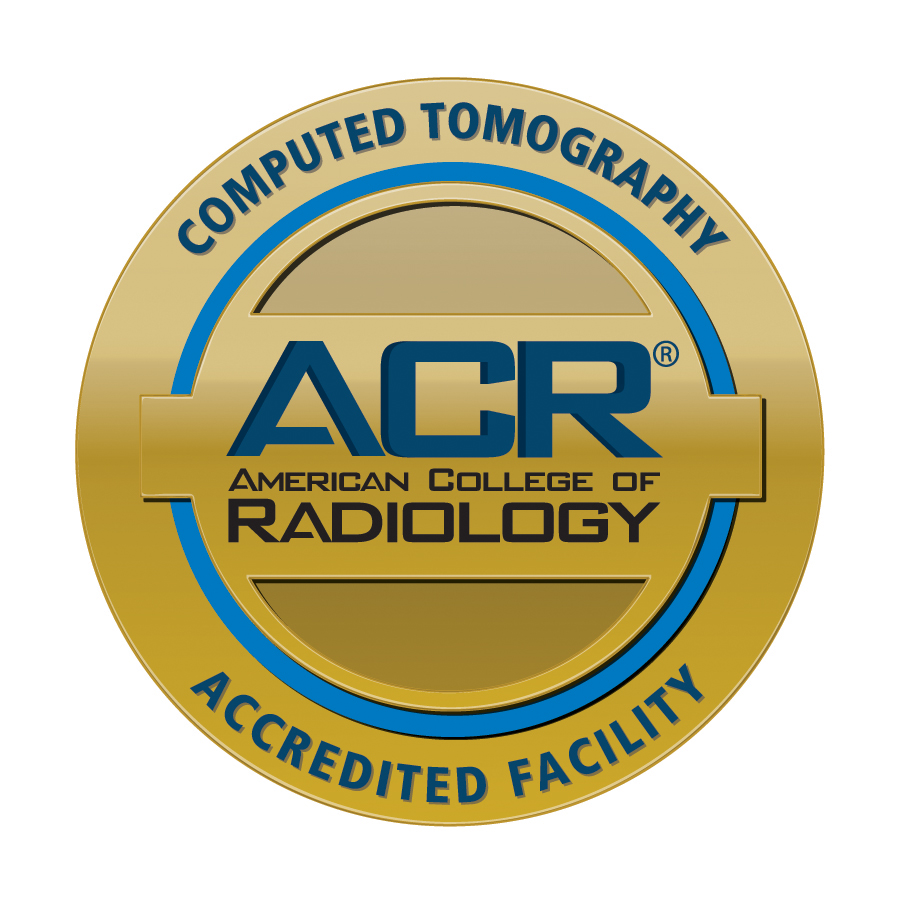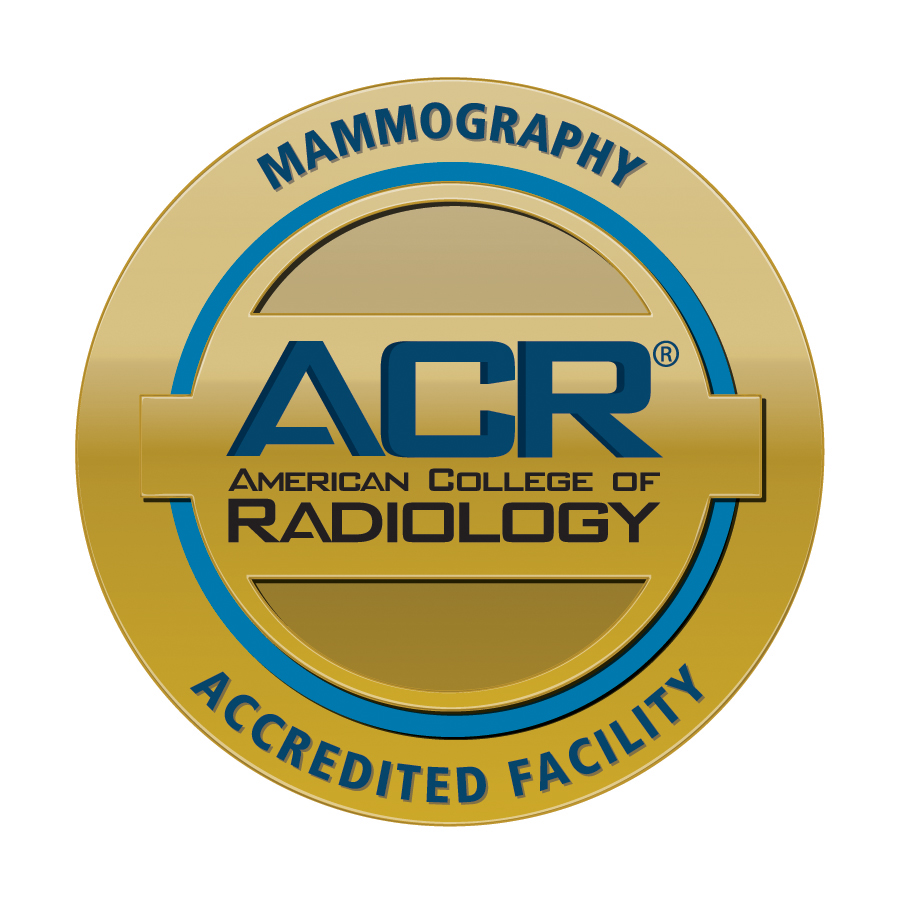Radiology Services
Radiology is committed to providing outstanding patient care by combining excellence in clinical imaging, research and state-of-the-art technology.
Angioplasty & Stenting
Imaging is used during angioplasty and stenting procedures to guide a catheter into a clogged artery. The catheter is accompanied by a small balloon that opens the artery, allowing blood to flow.
Biopsy
During a biopsy, cells or a small tissue sample are removed to determine if a disease is present. Biopsies are usually performed as an outpatient procedure and involve minimal preparation.
Computed Tomography (CT) Imaging
Using X-rays, a CT scan takes internal pictures of a patient’s body. CT imaging is considered one of the most important medical innovations in the past four decades.
Fluoroscopic Imaging
To see a specific internal area of the body, fluoroscopy entails using images obtained through contrast dye and an X-ray beam that are sent to a video screen.
Mammograms/Breast Imaging
Mammograms are used for the early detection of breast cancer. Through low-dose X-rays, images of the breast tissue are obtained for the exam.
MRI
A variety of conditions in the upper and lower body can be detected using MRI. A powerful magnetic field combined with radio waves are used to produce images of internal body structures, such as organs, soft tissue and bones. One of the department’s specialty areas is MRI breast exams.
Nuclear Medicine Exams
When regular radiology exams are not sufficient for obtaining a specific image of the body, nuclear medicine exams may be required. These exams rely on gamma rays and a special camera to decipher images of the body.
TIPS for Portal Hypertension
A Transjugular Intrahepatic Portosystemic Shunt (TIPS) procedure treats internal bleeding in the stomach and esophagus in patients with cirrhosis. Using imaging guidance, the procedure involves connecting the portal vein to the hepatic vein in the liver. A small metal device called a stent keeps the connection open and allows blood from the bowel to circulate back to the heart while avoiding the liver.
Tumor Ablation Therapies
Tumor ablation therapy involves using heat, cold or chemical agents to treat many types of cancerous tumors. The radiology department also specializes in using microwave and cryotherapy for tumor ablation.
Ultrasound/Sonography
Ultrasound imaging is a safe, non-invasive technology that uses sound waves to obtain detailed images of the body’s internal organs. Breast ultrasound is one of the specialties offered by the radiology department.
Uterine Fibroid Embolization
Fibroid tumors in the uterus can be treated through uterine fibroid embolization. The Interventional Radiologist steers the catheter through the artery to the uterus using X-ray imaging (fluoroscopy). This minimally invasive procedure is typically effective in reducing pain from fibroid tumors and associated menstrual bleeding.
Wire Localization for Breast Biopsy
When an abnormality is detected in the breast through a mammogram but it cannot be physically detected, a needle can be used to insert a thin wire to assist doctors in obtaining a tissue sample for accurate diagnosis of the breast mass.
X-Ray/Radiographs
X-ray images of internal areas of the body can assist doctors in making accurate diagnoses. For the radiation doses associated with a variety of X-ray procedures, click here.
Location and Hours
Appointments: (951) 486-4100
RUHS Medical and Surgical Center
Radiology Department
26600 Cactus Avenue, Moreno Valley, CA 92555
Hours: 7:00am - 6:00pm, Monday - Friday
Hours: 7:00am - 3:30pm, Saturday - Sunday
Facts
Improving outcomes through innovation; in the more than 160,000 imaging exams performed each year.
